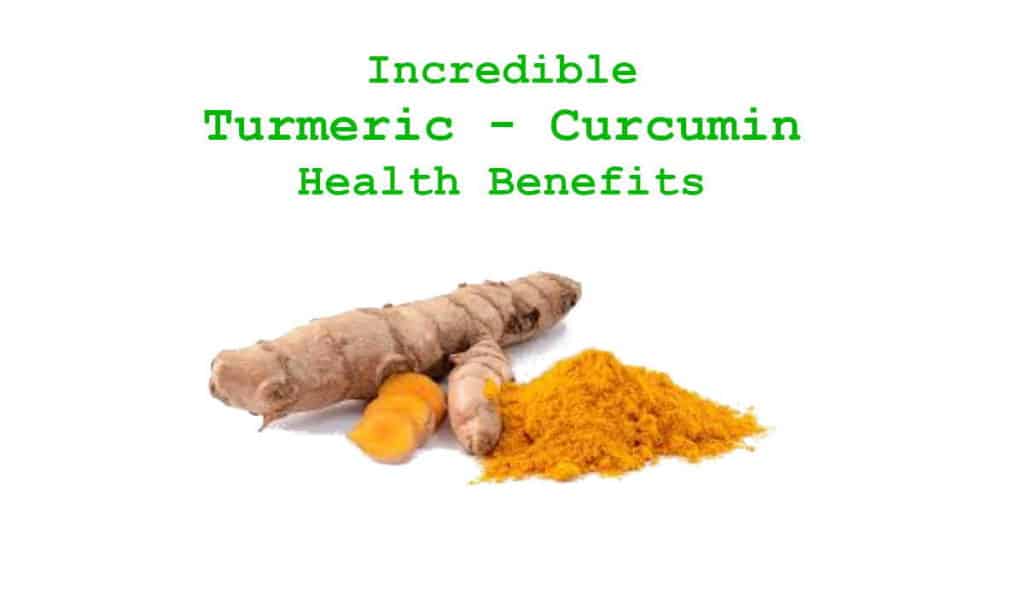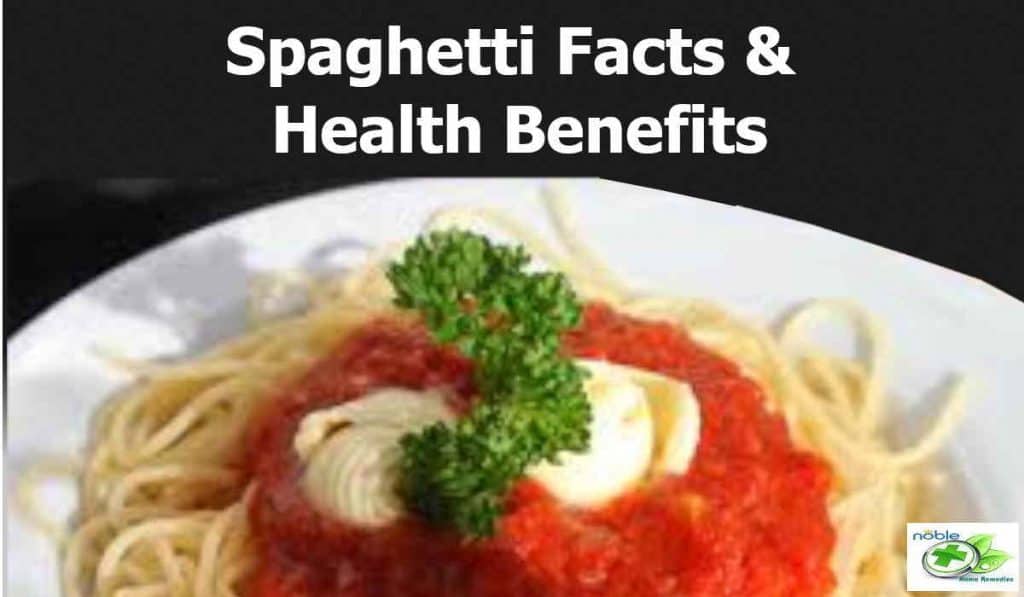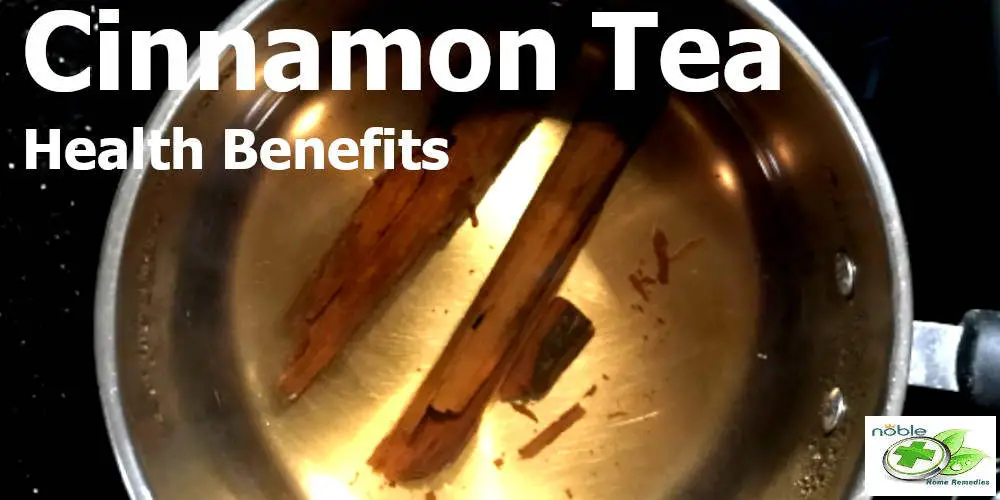Is durum wheat semolina healthy?: 5 Unique Benefits
Health-aware people have many questions about Durum Wheat Semolina. Is durum wheat semolina healthy? How healthy to eat semolina? Are there any side effects of semolina? How much semolina to eat every day? What calorie levels and other nutrients are in semolina? What is the history of durum wheat semolina? And so on!
In this article, we are covering answers in detail to these questions. It also includes Durum wheat semolina health benefits and facts. Helping you understand better the specialty of durum wheat semolina.
Semolina is an English word. It is derived from the Italian word Semola. Semola in Italy means granules.
What is durum wheat semolina?
Semolina is a flour made from durum wheat. Many varieties of durum wheat species are found in the United States. There are 8 varieties in all, cultivated on about 2 million acres in the United States alone. Most of it is in North Dakota state and nearby states.
Durum wheat is the second most wheat produced worldwide after the common wheat. But it is a much smaller production compared to common wheat production. It covers just 8% of the total of all types of wheat production across the world.
Durum wheat is an annual grass. Seeding is done during the fall. Harvest happens in early spring and may continue into summer depending on the volume.
The primary use of durum wheat is the manufacturing of semolina. The point is, that this is how durum differs from other wheat. The endosperm part of the durum wheat is very hard. It does not break into fine flour at grinding but ends up in grains. That is how it got the Italian name Semola.
How does durum wheat look?
Durum wheat stems are spongy inside with broad leaves and flatten spikes. Depending on growing conditions and variety, the stems may grow from 1.5 to 4 feet in length.
Spikes can grow up to 4 inches in length. The flowers and seeds develop in the spikelet at the nodes of each spike.
Awns of the durum wheat are white, black, or yellow. Wheat kernels or grains are hard, long, and pointed. Kernels are amber in color. Size varies from 0.16 to 0.4 inches depending on the variety.
The wheat grain has three main parts: –
- Outer covering or husk – Consists of several cell layers with bran or husk. Usually, bran gets separated from flour at the time of the milling process.
- The endosperm is part of the kernel that contains starch, protein, and other nutrients. The main potion is the starch which makes up 85% of the kernel.
- The germ is the embryo that turns into a new plant after germination. It also gets separated at the time of the milling process. The germ is the smallest part that makes up 2.5 % of the kernel.
History of durum wheat semolina
Durum wheat is one of the first crops domesticated about 10,000 years ago. The origin of durum wheat is the Levant Region of Western Asia. It is in the near east of the Ethiopian Highlands.
Wheat cultivation was introduced in 1521 by early colonizers in Mexico. Later this territory became part of the United States and Canada.
Today the main cultivation of wheat is in Montana, North Dakota, and Kansas in the United States. San Joaquin Valley and the Imperial Valley of California also grow durum wheat.
Canada, Manitoba, and Saskatchewan areas cover most of the durum wheat cultivation.
The uses of Semolina
Making of Pasta
Semolina is mainly used to produce various types of pasta including spaghetti, Semolina is used to make various types of pasta. Such as spaghetti, macaroni, couscous, and other related food products.
Semolina is particularly very high in gluten. Gluten is a protein that gives shape to pasta, bread, and many other baked foods. According to PubMed semolina is considered the best raw material for making pasta.
Breakfast & Dessert Sweet dishes
Cream of wheat porridge is made by boiling semolina and added with sugar or honey in the United States.
Several European countries cook semolina with water or milk. Then sweetened with chocolate squares to make breakfast. A similar preparation in England is known as pudding and is used for dessert.
Certain European countries including Russia and Israel, eat in the form of porridge for breakfast. They also add milk and raisins to taste good.
Swedish people interestingly, make breakfast using semolina boiled with blueberries.
North Africa makes breakfast called Harcha. It is a griddle cake made of semolina and thyme. They eat it with jam or honey.
Savory food
In south India, savory food such as Rava and Upma is made from semolina. Semolina is also used to coat the fish before being pan-fried in oil.
Nigerians prepare semolina like Fufu or Eba by boiling it in water for about 10 minutes. It is then the main meal combined with soup for lunch or dinner.
North Africans use semolina to make a staple food called couscous.
Use of Semolina in Baking
Semolina is used as an alternative flour to cornmeal for baking. This helps in avoiding the sticky surface.
Adding a small quantity of durum semolina to the bread makes a tasty crust on the bread.
Health Benefits of Durum Wheat Semolina
Intake of Semolina provides many health benefits because of its nutrient content. The main nutrients are protein, fiber, iron, magnesium, and B vitamins.
1. Weight Loss
Enriched semolina is rich in protein, vitamins, iron, and dietary fiber.
Food made of semolina such as pasta or spaghetti makes you feel full faster. This helps you in the intake of less food for a meal. This means you are consuming fewer calories. Thereby helping you lose weight. Less food also contributes to the intake of less fat or cholesterol levels in your system.
Many studies support the link between dietary fiber-rich food and weight loss. A high intake of dietary fiber helps to reduce the risks of weight gain and fat gain in women.
A study was published in PubMed Central on dietary intake with a participation of 252 women. Every one-gram increase in fiber in your diet produced a loss of a quarter Kg of weight in 20 months (1).
Apart from dietary fiber, a moderately elevated protein intake supports weight loss.
Another study was published in PubMed Central. It shows that 1063 individuals with 24 trials came out with positive results. They had a reduction of body weight of 0.79 Kg and fat mass of 0.87 Kg. in about 10 weeks (2,3).
On top of that, the enriched semolina makes a difference. It provides you with the necessary nutrients needed for your body to be healthy.
2. Reduces risks of cardiovascular Disease
Many studies support that fiber-rich food intake significantly reduces the mortality rate. Especially from cardiovascular diseases (4). An increase in dietary fiber intake helps to;
- Lowers blood pressure
- Lowers bad cholesterol (LDL) levels and,
- Inflammation
Enriched semolina contains nutrients like magnesium and folate. It enhances the well-being of your heart. Here is the study from Japan on dietary folate with vitamin intake. Its link to reduced risks of having cardiovascular diseases. A drop-in mortality rate is caused by heart stroke, coronary heart disease, and heart failure.
3. Helps Diabetes to control blood sugar levels
The high levels of magnesium and dietary fiber presence in semolina are good for diabetes patients. Magnesium helps to control blood sugar levels. The right level of sugar in the blood assists in type 2 diabetes (5, 6).
The magnesium in the blood activates insulin sensitivity and secretion. This is good for people with type 2 diabetes.
A study suggests an increase in fiber dietary intake has great health benefits. It decreases the chances of getting type 2 diabetes (7, 8)
4. Iron-rich Semolina
One of the important minerals for our body is Iron. Iron plays certain critical roles in our bodies. Used for the growth of red cells, supporting our immune system and DNA synthesis.
So, do not look for iron elsewhere. Semolina has it in plenty. Enriched and uncooked semolina of 56 grams provides 13 % of RDI (9).
It is worth increasing the intake of dietary iron. Because of its capability in reducing the risks of developing iron-deficiency anemia. Iron deficiency is the most common anemia in the world (10)
5. Eases Digestion
Semolina is great for digestion. It is because of the high dietary fiber content.
Enriched and uncooked 100 grams of semolina has as much as 4 grams of fiber in it. The recommended dietary fiber intake is about 30 grams per day.
So, food made of enriched semolina is the ideal and easiest way to meet this requirement.
Nutritional value of Semolina
Several nutrients are lost during the process of making semolina from durum wheat. Thus, the semolina producers enrich the semolina to restore the lost nutrients.
Here are some of the major semolina nutrients listed. This list is according to the US Department of Agriculture Food Data Central. Nutrient potion of every 100 grams of semolina (11)
| Nutrient | Amount | Unit |
| Water | 12.67 | g |
| Energy | 360 | kcal |
| Protein | 12.68 | g |
| Lipid fat | 1.05 | g |
| Ash | 0.77 | g |
| Carbohydrate by difference | 72.83 | g |
| Dietary Fiber | 3.9 | g |
| Calcium | 17 | mg |
| Iron | 4.36 | mg |
| Magnesium | 47 | mg |
| Thiamin | 0.811 | mg |
| Folate | 261 | µg |
| Riboflavin | 0.571 | mg |
Health Risks and Considerations
Always take into account the risks involved with semolina in your diet.
First of all, semolina is very high in gluten. Gluten is a protein that affects people who are gluten-sensitive with celiac disease. Some cases are nonceliac gluten sensitivity (NCGS) (12)
People who think they have CGS or NCGS are advised to avoid taking semolina-based foods.
So, restrict your intake of semolina-based foods if you are gluten-sensitive or allergic to wheat.
Takeaway
Semolina is flour (grain) made from durum wheat. It has several nutrients very good for health. Protein, fiber, iron, magnesium, and vitamin Bs are a few to mention.
Semolina-based food supports weight loss, digestion, and good heart health.
Semolina is mainly used in making pasta and bread and various other great recipes worldwide.
Only a small percentage of people are gluten-sensitive or allergic to wheat in the world. People with these conditions should avoid taking semolina in their diet.
Source:
Noble Home Remedies adheres to rigorous sourcing standards, drawing information from peer-reviewed studies, reputable academic research institutions, and esteemed medical journals and associations. We prioritize using high-quality, trustworthy sources to maintain the accuracy and integrity of our content. You can learn more about how we ensure our content is accurate and current by reading our editorial policy.
- Wheat- Triticum species (purdue.edu) – https://hort.purdue.edu/newcrop/Crops/Wheat.html
- Durum – Wikipedia – https://en.wikipedia.org/wiki/Durum
- Semolina – Wikipedia – https://en.wikipedia.org/wiki/Semolina
- Abstract: History of Introduction and Cultivation of Durum Wheat in North America. (ASA, CSSA, and SSSA International Annual Meetings) (confex.com) – https://scisoc.confex.com/crops/2013am/webprogram/Paper78521.html
- History of Introduction and Cultivation of Durum Wheat in North America (grdc.com.au) – https://grdc.com.au/__data/assets/pdf_file/0030/369471/GrowNote-Durum-South-0-Introduction.pdf
- Increasing total fiber intake reduces the risk of weight and fat gains in women – PubMed (nih.gov) – https://pubmed.ncbi.nlm.nih.gov/19158230/
- Eat more fiber-rich foods to foster heart health – Harvard Health – https://www.health.harvard.edu/heart-health/eat-more-fiber-rich-foods-to-foster-heart-health
- Increasing Fiber Intake | Patient Education | UCSF Health – https://www.ucsfhealth.org/education/increasing-fiber-intake
FAQ
Is semolina harmful to health?
The biggest health concern with semolina is that it is extremely glutinous. Semolina is great for making pasta and cool recipes. It provides many health benefits including weight loss. But not so great if you cannot eat or you are sensitive to gluten.
The common issue with gluten is sensitivity or intolerance by your system. It can cause great discomfort with the following symptoms;
Bloating
Diarrhea
Constipation
Abdominal Pain
Headaches
Feeling Tired
Skin Problems
Depression
Unexplained Weight Loss
What are the side effects of semolina?
There are no specific side effects from semolina. It is more to do with people who avoid taking semolina allergies and are gluten-sensitive.
If you are allergic to wheat better not eat anything made of any wheat or semolina. Semolina is also made of durum wheat. Wheat allergy symptoms are mostly stomach cramps, sneezing, running nose, nausea, vomiting sensation, and sometimes asthma.
Semolina is high in gluten. So, those who are sensitive to gluten should altogether refrain from eating semolina or any food made of semolina. Symptoms caused by the intake of gluten are listed in the above question. Read more to understand the Health Risks and Considerations.
Is semolina good for the liver?
B vitamins mainly thiamin and folate are good for liver health, Semolina is rich in B vitamins and can support liver health.
Is semolina good for the stomach?
Yes, certainly good to support digestive health. This is because of the large amount of dietary fiber content in the semolina. Dietary fiber has many health benefits for the digestive system. it helps in terms of increasing the good gut bacteria. The gut bacteria provide indirect support to the immune system, super digestion, and metabolism. Also, dietary fiber promotes bowel movements and hence helps to prevent constipation.
Can you be allergic to semolina?
Yes, you can be allergic to semolina for two reasons. If you are allergic to food made out of wheat then you are allergic to semolina as well. Because semolina is made from durum wheat.
Also, be aware that semolina is rich in gluten. If you have gluten intolerance then avoid taking semolina in any form. More here on health risks and considerations.
Is semolina better than flour?
Semolina is also flour. The generic term used for flour refers to soft wheat flour or normal flour. Normal flour is mostly used for making bakery products. Semolina flour is used for pasta, bread, and pizza bases.
In terms of nutritional values, semolina is far better than normal flour. The presence of protein, carbs, fiber, B vitamins, and important nutrients favors semolina. But Semolina is also rich in gluten which is not good for people with gluten intolerance. Read more here to understand the uses of semolina flour.
What is Sooji in English?
Sooji is a Hindi language term used in certain parts of India. Sooji is in English Semolina. It refers to Semolina flour. It is also called Rawa in certain parts of India. It is more interesting to learn about the History of Semolina.
Trust in your purchase:
Every product featured on our site has been carefully researched and selected based on quality, customer ratings, and positive reviews to ensure you receive excellent value for your money.
Please note:
This post contains affiliate links. If you make a purchase through these links, we may earn a small commission at no additional cost to you. This helps support our site and allows us to continue bringing you valuable content. Thank you!
Thank you for your precious time spent with NobleHomeRemedies.
You may also like:
Turmeric Health Benefits and Facts
7 Incredible Turmeric Health Benefits and Facts What is Turmeric (Curcumin)? Turmeric is a plant…
Fiber for Digestive Health
Fiber for Digestive Health: 5 Great Benefits for Healthy Lifestyle Several articles have been published…
Spaghetti Health Benefits with Facts
6 Practical Spaghetti Health Benefits with Facts If you are wondering about “spaghetti health benefits”,…
Benefits of Cinnamon Tea
6 Major Health Benefits of Cinnamon Tea: Safe to Drink There are numerous health benefits…
Ginger Shots Benefits
5 Ginger Shots Benefits: The Best Way to Boost Your Health Have you ever felt…
Health Benefits of High Dietary Fiber Diet
11 Great Health Benefits of High Fiber Diet and Food Sources Do you know? More…






